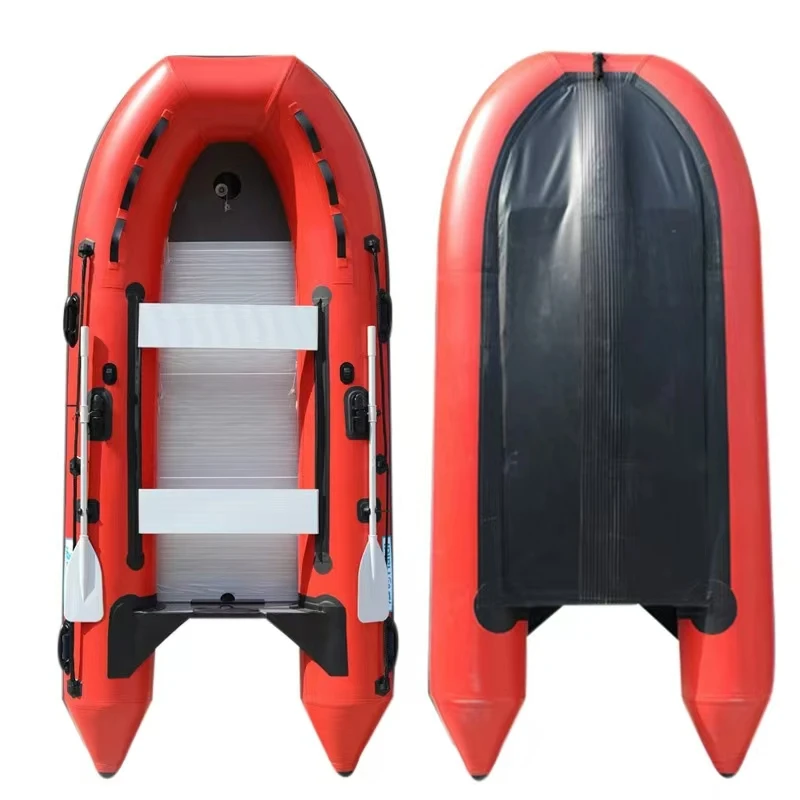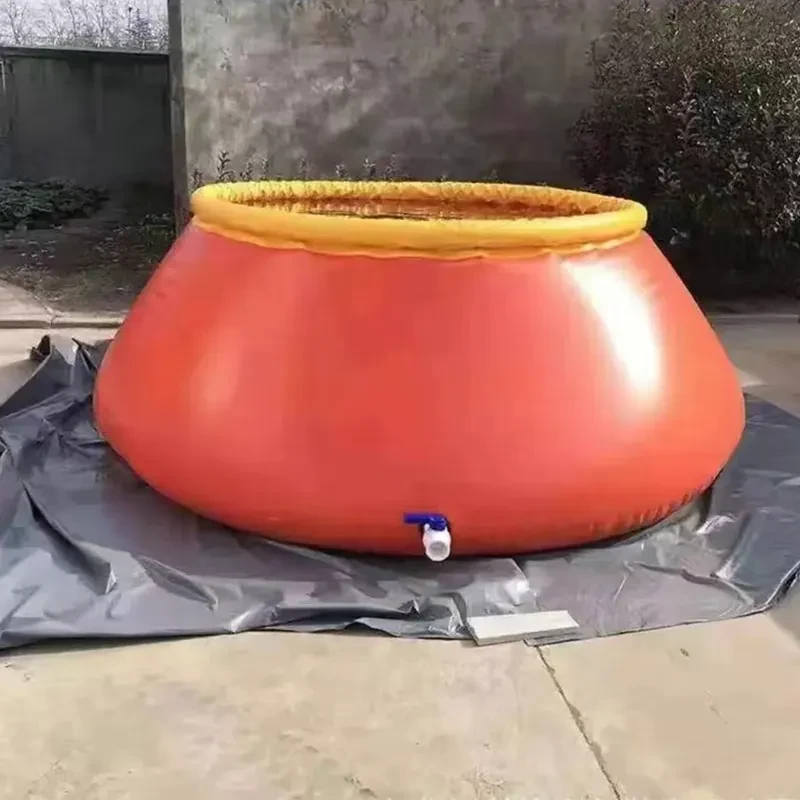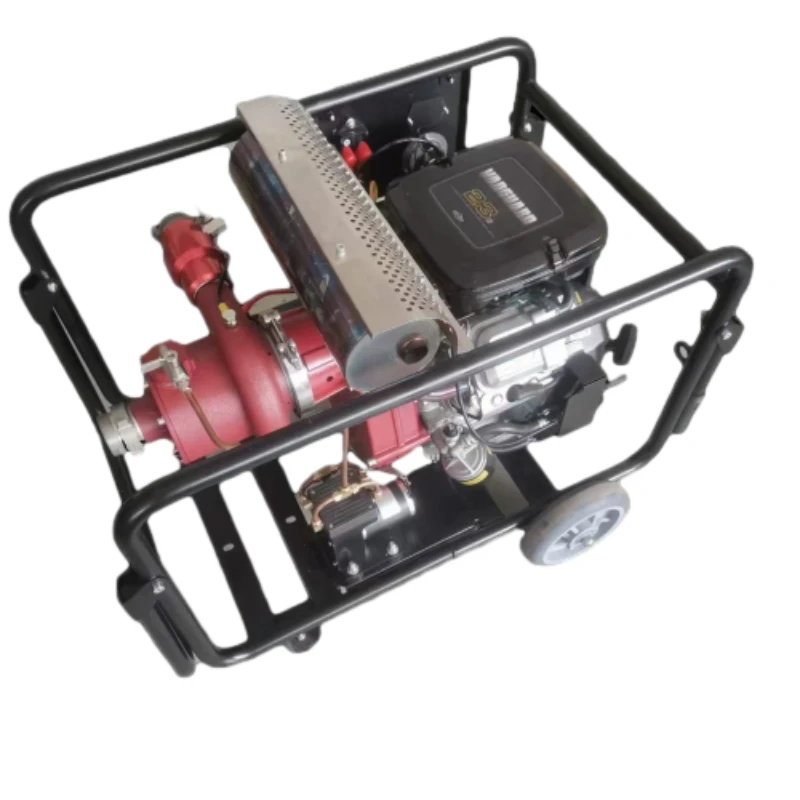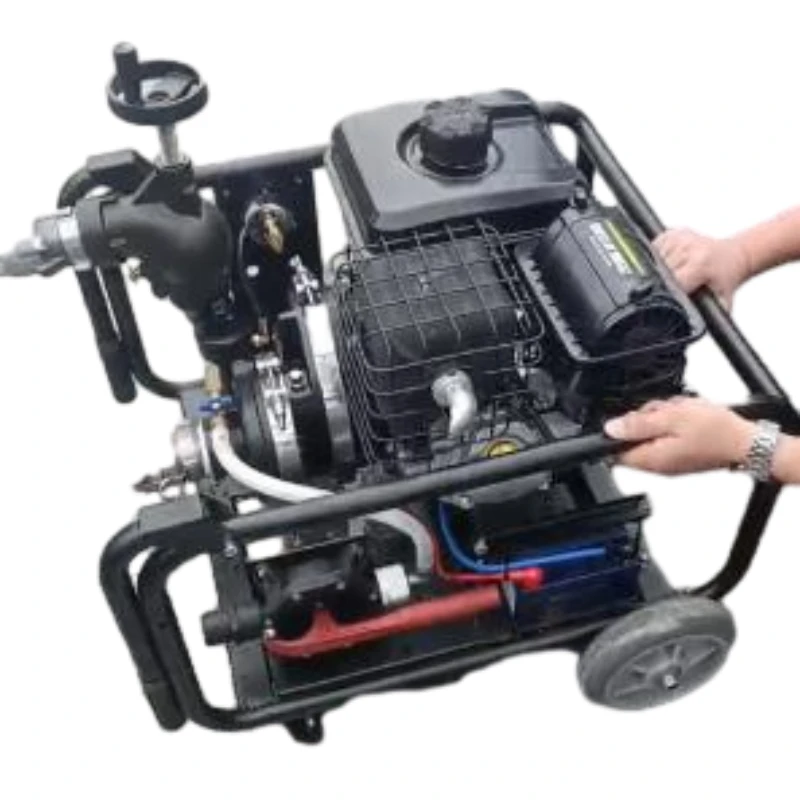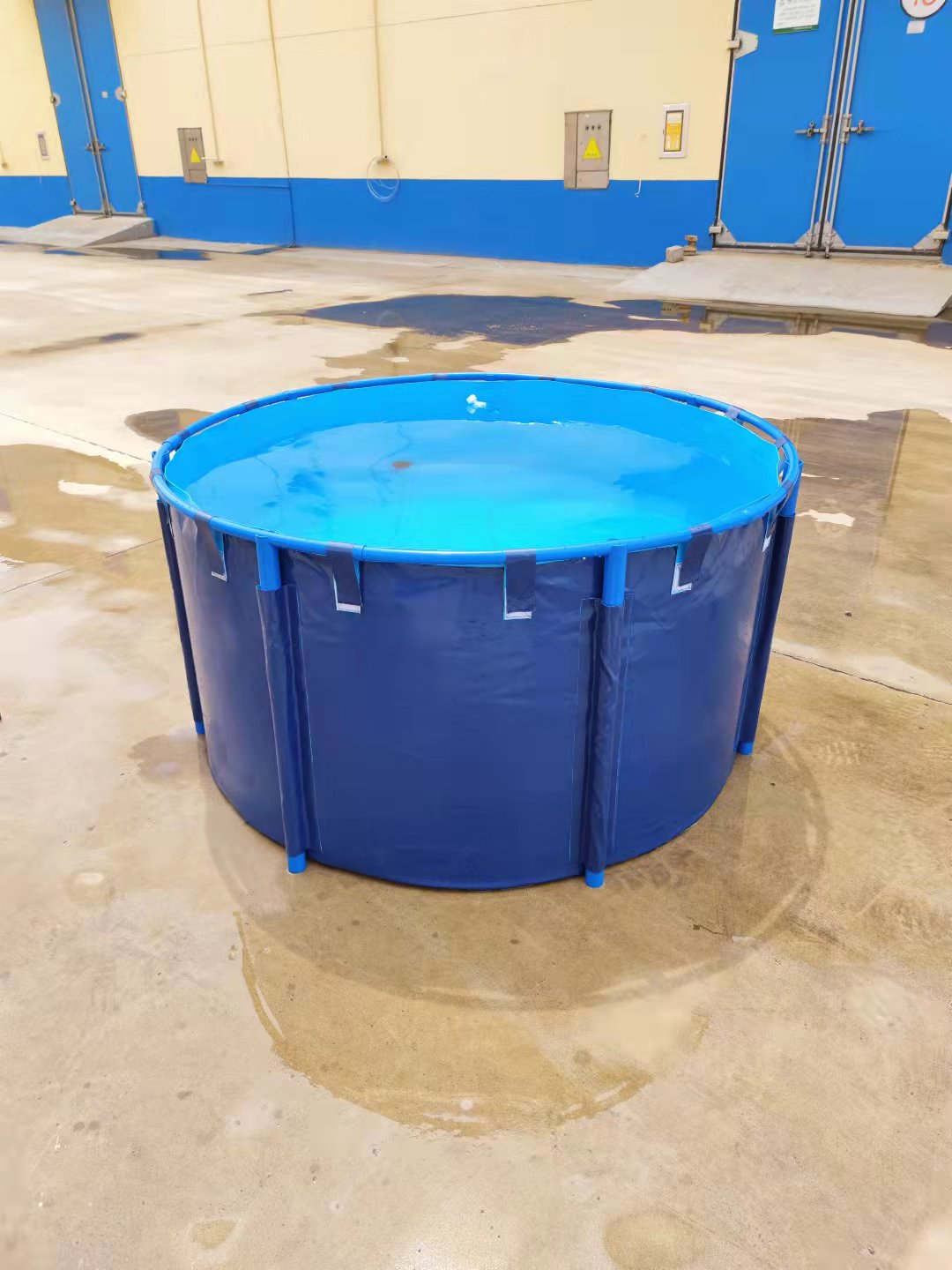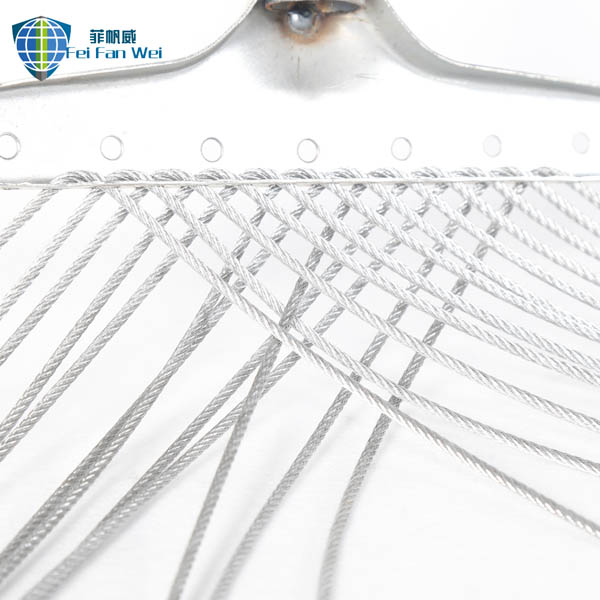The rapid urbanization and increased complexity of industrial facilities have amplified the need for agile, reliable emergency response vehicles. Fire Motorcycle represents a paradigm shift in fire safety engineering, merging high-mobility design with tailored fire suppression technology. Leading manufacturers are investing in advanced materials, robust manufacturing processes, and digital enhancements to ensure these motorcycles excel in the diverse and demanding scenarios of modern firefighting.
As the Fire Motorcycle market continues growing at over 7% CAGR globally (MRFR, 2023), its application spectrum expands from urban firefighting, remote industrial inspection, to petrochemical, metallurgical, and municipal disaster response. This article offers a comprehensive exploration of Fire Motorcycle technology, parameters, manufacturing flow, competitive landscape, and practical customization.
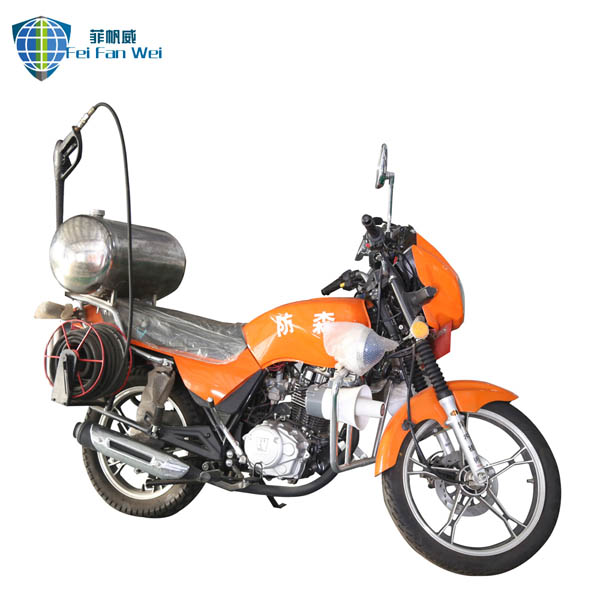
- Urban Congestion: Motorcycles enable rapid navigation through traffic bottlenecks, reducing average emergency response time by up to 35% in megacities.
- Industrial Expansion: Refineries, metallurgy plants, and water utilities require first intervention vehicles for site-wide risk management.
- Smart Technology Adoption: Integration of digital tracking, IoT sensors, and telematics for real-time fleet optimization (Fire Engineering, 2023).
- Global Demand: According to Statista (2022), Asia-Pacific dominates deployment with over 60% market share, followed by Europe.
Deployed Fire Motorcycle teams cut emergency arrival time in downtown by 2.5 minutes (2022).
Mobile Fire Motorcycle patrols enabled prompt containment of hydrocarbon leak fires.
Corrosion-resistant models used in internal pipeline fire checks, reducing operational downtime.
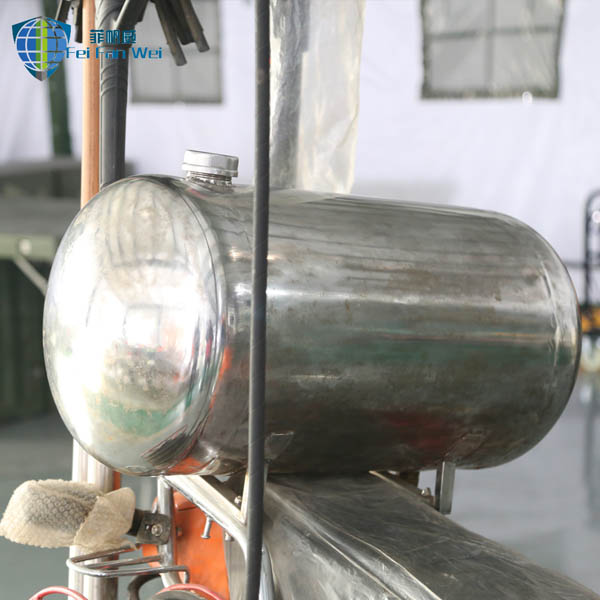
Different manufacturers vary in material choice, drive-train, suppression system, and corrosion protection levels. Below is a comparison table aggregating core parameters in global Fire Motorcycle offerings.
| Model | Engine (kW/cc) | Suppression System | Tank Capacity (L) | Material Grade | Weight (kg) | Protection Standard | ISO/ANSI Cert. |
|---|---|---|---|---|---|---|---|
| Fire Motorcycle FFW-D150 | 15/150 | Water/Foam (Compressed Air) | 70 | Stainless Steel 316L | 185 | IP66 (Corrosion/Dust) | ISO 9001/ANSI/UL |
| BullFire Rapid 2.0 | 12.5/125 | Dry Powder | 50 | Aluminum Alloy 6061 | 150 | IP56 | ISO 9001 |
| ResQ MotoFire XF | 18/200 | Chemical Suppression | 80 | Carbon Steel (Epoxy) | 210 | IP65 | ISO 14001 |
| UrbanFire SR1 | 10.8/110 | Water Mist | 40 | Aluminum (Anodized) | 135 | IP54 | ANSI |
*All parameters are sourced from manufacturers' technical datasheets (2023-2024).
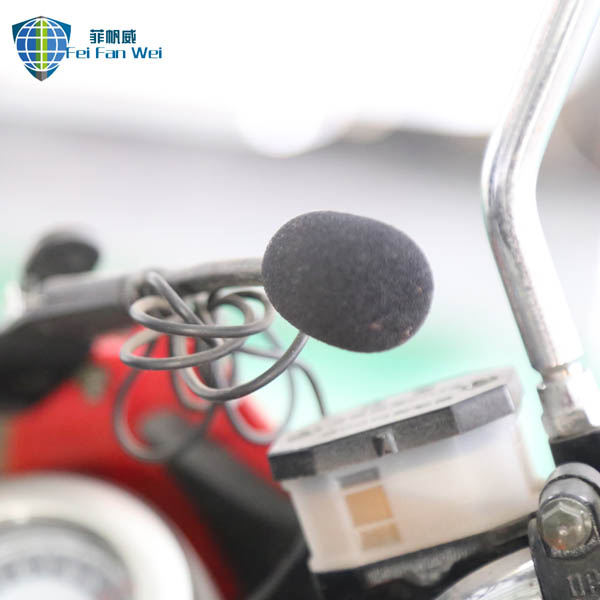
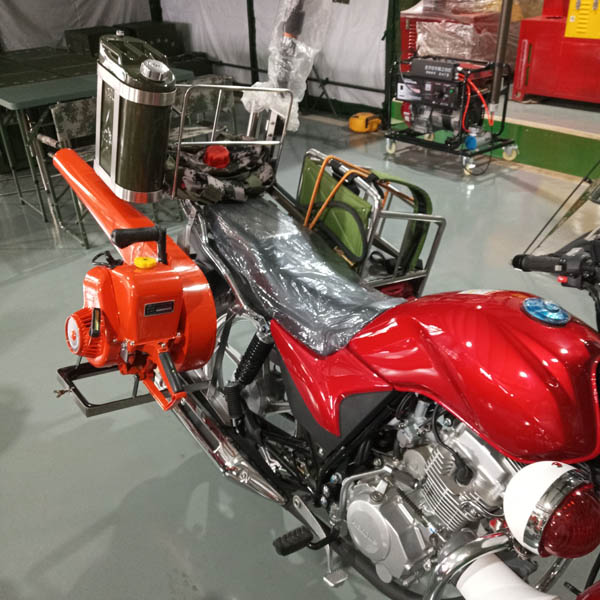
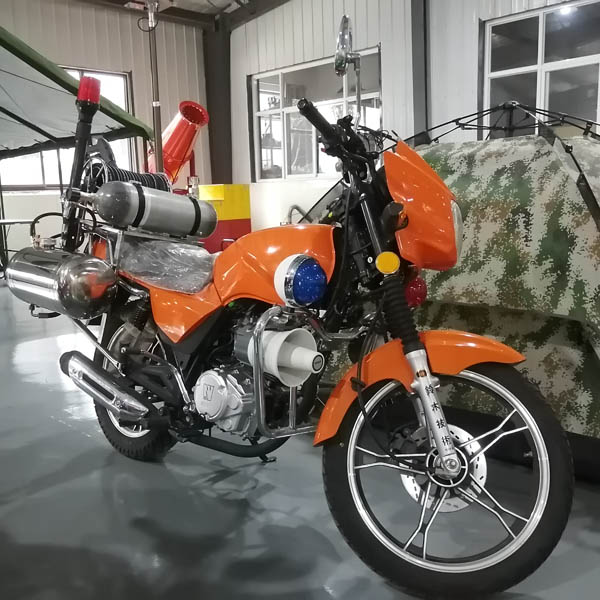
- Raw Material Selection: Corrosion-resistant Stainless Steel 316L (water tanks/frames) and aircraft-grade Aluminum Alloy 6061 (brackets, mounts) sourced per ISO 15156 and ASTM F899 to ensure mechanical strength and anti-corrosion for fire environments.
- Core Body Fabrication: Hybrid processes combining casting (structural parts), high-precision CNC machining (mountings, pump housing), and TIG/MIG welding ensure dimensional accuracy.
- Suppression System Assembly: Integration of compressed air foam tanks, electric pumps, and PTFE/EPDM sealings tested per ANSI/FM requirements for leak resistance.
- Surface Finishing: All major components undergo anodizing (aluminum) and multi-layer epoxy coating (steel) for superior chemical and UV protection.
- Electrical System Integration: Installation of PLC-based engine control, GPS, and telemetry modules on modular wiring harnesses.
- Quality Testing: End-of-line units tested to ISO 9001 QMS, with hydrostatic/operational testing conducted as per EN 3-7.
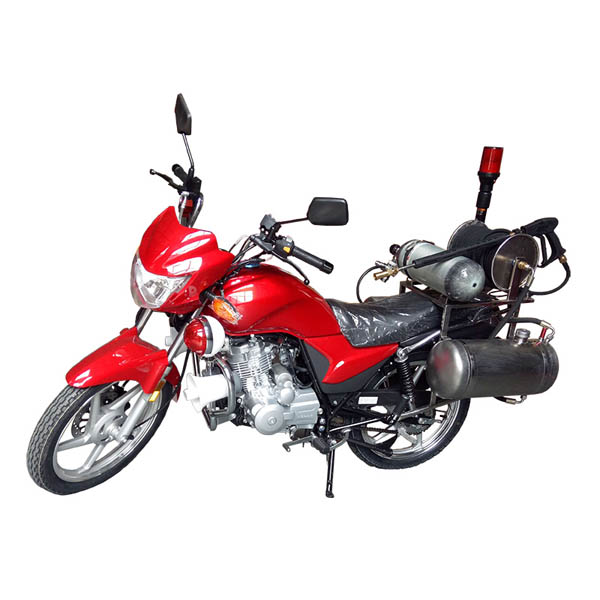
- Mobility: Capable of reaching urban centers, industrial sites, or remote locations where conventional fire trucks are delayed.
- Corrosion & Weather Resistance: Epoxy-anodized 316L/6061 materials exceed ISO 15156 and ASTM B117 salt spray test requirements.
- Energy Efficiency: Engines tuned for lower fuel consumption (≤3.8L/100km) & emission standards (Euro V compliant).
- Customizable Payload: Mountings for AEDs, surveillance, chemical detectors, or special extinguishers—fit for petrochemical, metallurgy, municipal, or tunnel environments.
- Lifetime & Durability: Designed for >10 years lifecycle, supported by ISO 9001 certified maintenance protocol.
- Digital Integration: Real-time fleet positioning, tele-diagnostics, and interface with municipal fire command.

| Brand | Core Technology | Certifications | Service Years | Main Partnerships |
|---|---|---|---|---|
| Fire Motorcycle (FFW) | Hi-strength CNC frames, IP66 weather-proof, Real-time Digital IoT | ISO 9001, ANSI, FM, UL Listed | 17 | Sinopec, CNPC, Siemens City, Shanghai Metro |
| BullFire Safety | Compact powder systems, Lightweight alloys | ISO 9001, EN 3 | 12 | PSU Thailand, Italian Fire Force |
| ResQ Engineering | Advanced chemical dispersion, modular build | ISO 14001, RoHS | 9 | Shell Malaysia, French Navy |
FFW offers tailored Fire Motorcycle solutions per project needs: suppression system (foam/powder/chemical), electronics (GPS, telematics), paint scheme, and country regulatory standards (e.g. Euro V/US EPA).
Average Delivery Cycle: 45–60 days from final technical confirmation to dispatch. Air shipping available for urgent requirements.
- 24-month standard warranty on all Fire Motorcycle core components.
- Lifetime tech support & parts availability.
- All factory testing reports and ISO certs supplied with every order.
- Optional on-site commissioning and user training worldwide.
Custom Fire Motorcycle with chemical suppression, operating in high-corrosive H2S environment, achieved 100% containment in incident drill (2023).
Rapid-deploy Fire Motorcycle units reduced passenger evacuation time by 21% during simulated tunnel fire.
IP66 rated motorcycles deployed for dockside oil spill fire intervention, demonstrating ISO 15156 compliance.
High-heat tolerant Fire Motorcycle variant performs inspection and fire checks in 50°C+ ambient.
Dual-suppression Fire Motorcycle used for urban flood and fire response in confined alleys.
- 24/7 technical support via phone, email, and online portal.
- Remote diagnostics for systems with telematics modules.
- Spare parts dispatch within 48 hours for core models.
- Annual on-site inspection and certifications available upon request.
- Knowledge Center: Download training resources at Fire Motorcycle Knowledge Base.
- [1] "Firefighting Motorcycle Market Size Report 2023", Market Research Future
- [2] K. de Jong, "Firefighting motorcycles in practice", FireEngineering.com
- [3] ISO 9001, ISO 15156 and EN 3-7 standard documentation, ISO.org
- [4] International Journal of Fire Science, 2024 – Urban Rapid Response Analysis (Elsevier)
- [5] China Fire Protection Forum – Case studies 119.cn









